Here’s everything about sharing a PayPal transaction ID being safe:
There are no obvious or common reasons why you would need to share your PayPal transaction ID with anyone.
But, if it happens to be shared, it’s a perfectly safe situation.
PayPal creates transaction IDs so they can reference specific interactions without involving personal or financial data in the process.
So if you want to learn all about how safe it is to share your PayPal transaction ID with someone, then this article is for you.
Keep reading!

What Is the PayPal Transaction ID?
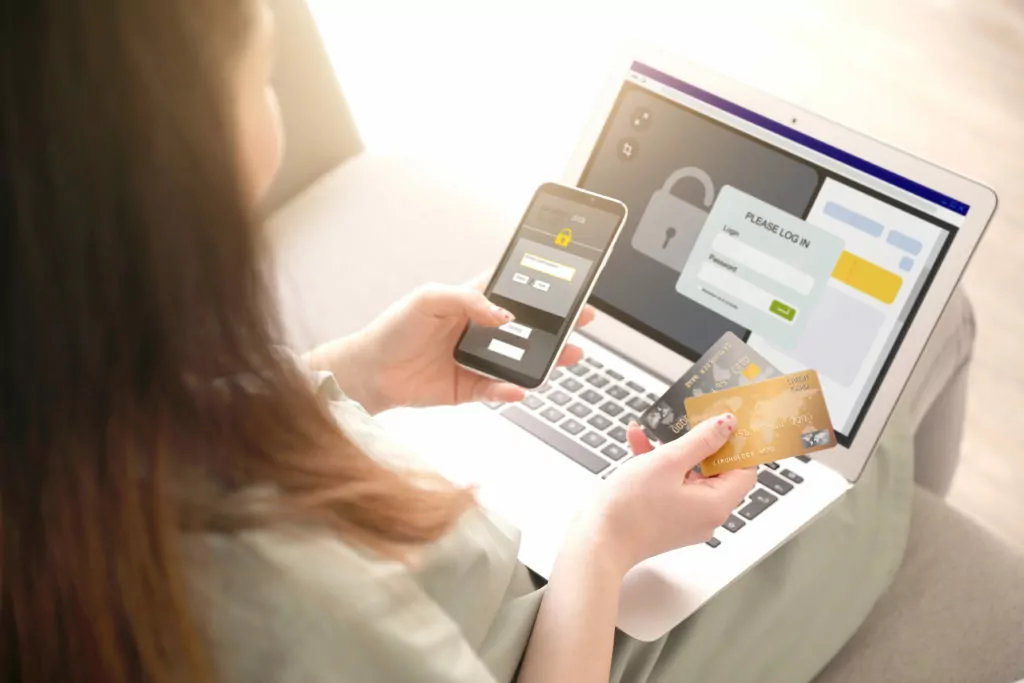
It’s one thing to be told that a transaction ID is a safe thing.
It’s another to really understand why.
This journey starts with a deeper look at what the transaction ID is and what it does.
Essentially, this is a unique number created by PayPal for each individual transaction that occurs within the company’s domain.
If you make a PayPal purchase, there’s a unique transaction ID.
It’s like a unique receipt number or order number that you would see with purchases involving other companies.
The transaction ID is married to the specific transaction that takes place, but alone, this ID number does not contain any personal or financial information related to either party involved in the purchase.
If someone can see your transaction ID number, they can’t see who you are.
They can’t see what you purchased, how much it cost, what payment type was used, or anything else.
The ID number alone doesn’t contain identifiers that could be used against you.
Instead, the ID number has to be paired with additional information stored on PayPal servers.
If someone has access to your PayPal account and the transaction ID, then they can look up a lot more details about the purchase and everyone involved.
But, the real security vulnerability here is that they have access to your PayPal account.
Sharing just the ID number is perfectly safe.
What Does PayPal Do With the Transaction ID?
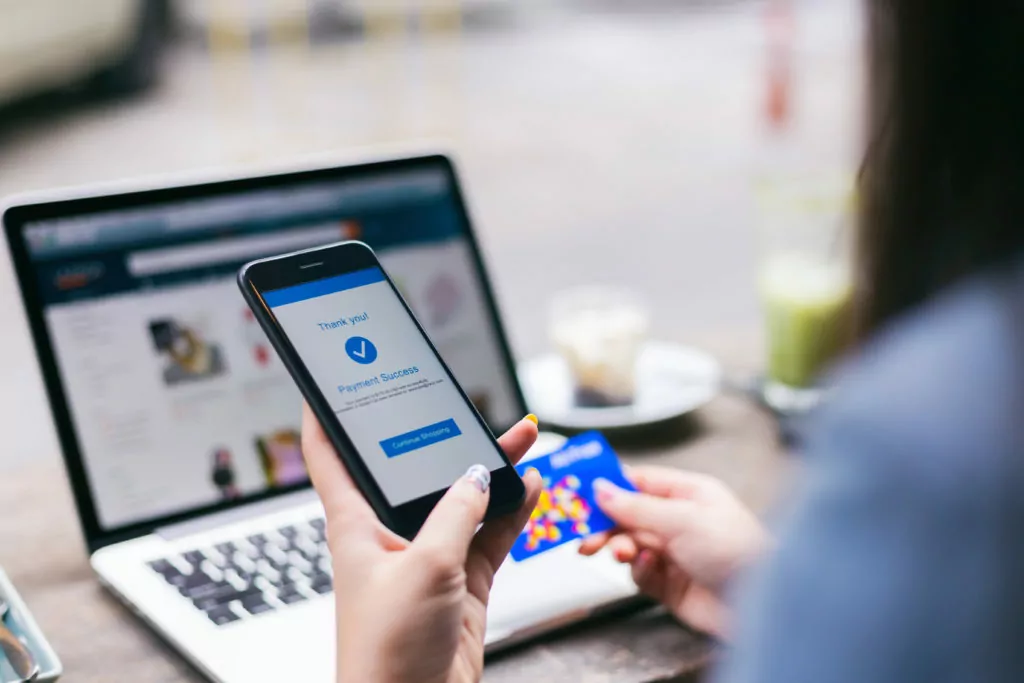
So, if the transaction ID provides so little information, why does PayPal even bother?
Well, this is really a security feature.
The transaction ID is created specifically so PayPal can reference interactions in a way that protects the identities of users.
If you need to dispute a charge, PayPal can ask for the transaction ID.
That means you’re not putting more sensitive data out there, and the entire process is that much safer.
Primarily, PayPal designed this in a way so the only way a transaction ID can reveal personal information is with specific access to PayPal servers and records.
Users get limited access, in that they can see their own information.
Otherwise, only PayPal has this access.
So, the company can use transaction IDs for internal bookkeeping.
They can reference the IDs when investigating transaction disputes, unknown charges, or any other investigation related to their services.
Whatever references PayPal needs to create, they can marry it to the transaction ID.
Because the ID itself is virtually meaningless outside of PayPal, it’s a security layer that goes a long way to protecting users against data breaches and bad security practices.
What Happens If Someone Steals the PayPal Transaction ID?
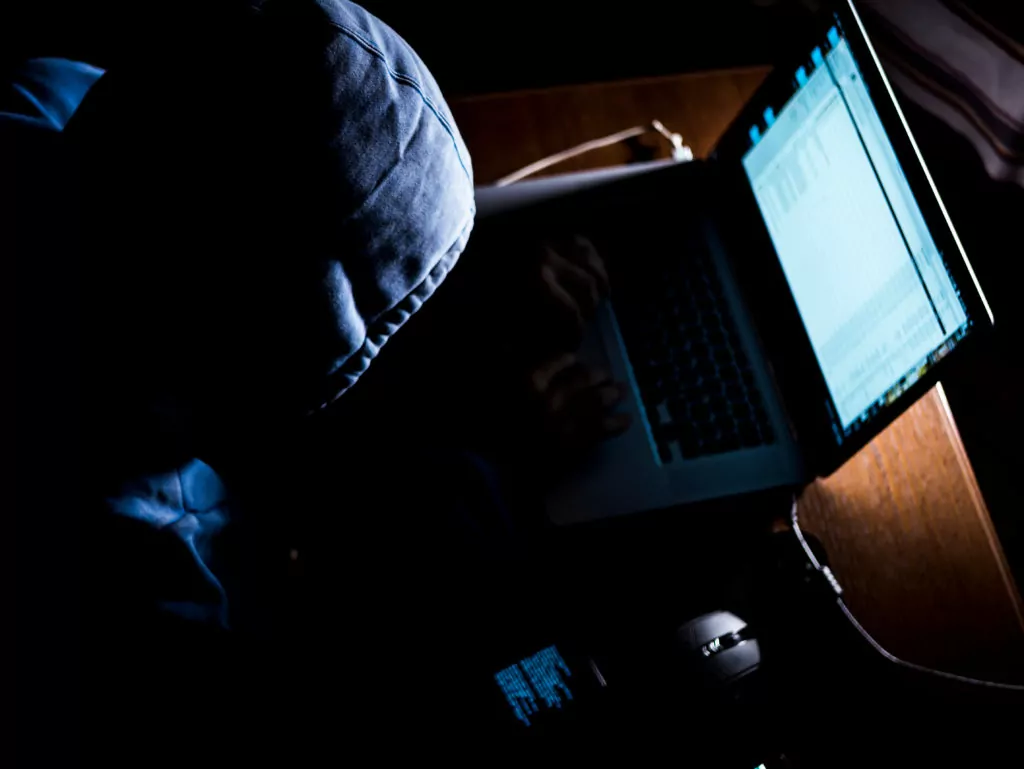
Based on everything you’ve seen to this point, you should be able to guess what happens if someone steals the ID number for one of your transactions.
If they only have the ID, then nothing really happens.
Even if they tried to contact PayPal to ask about the transaction, PayPal will subject them to verification before releasing any information.
The ID alone simply isn’t worth anything, unless you are PayPal.
Again, this is why the transaction IDs are utilized.
Nested security like this is the best way that PayPal can protect your identity and financial information.
What Can a Tinder Scammer Do With Your Phone Number?
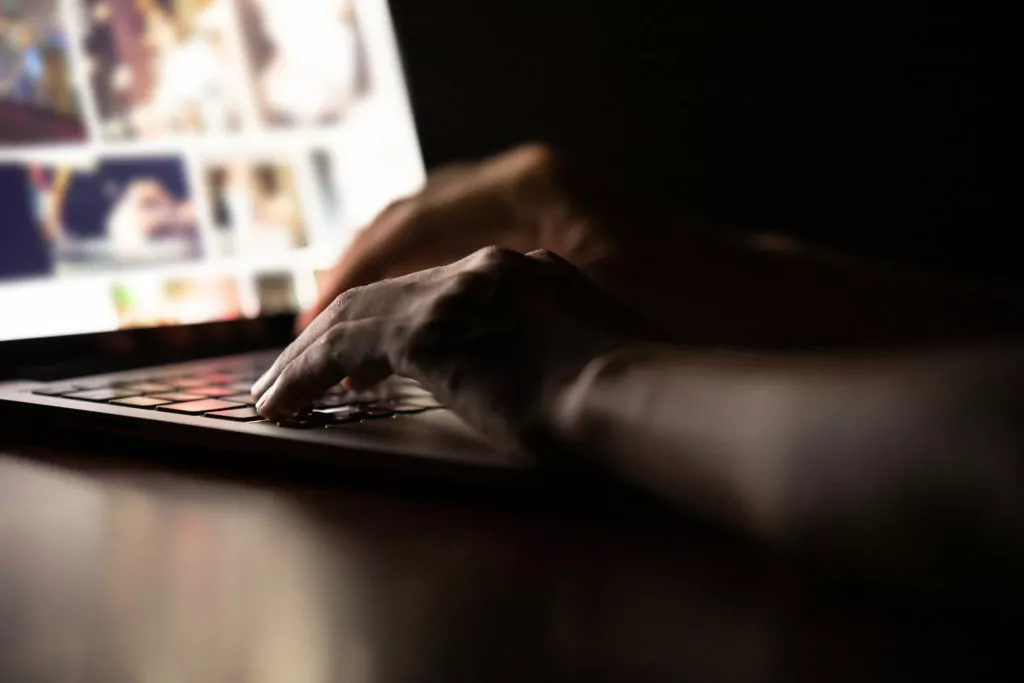
Before I continue, have you ever been asked for you phone number on Tinder?
Watch out.
Scammers can take advantage of your phone number in several ways.
Scammers can sell your information and result in annoying spam calls and advertisements, at the very least.
Scammers can use your phone number and personal information to steal almost anything from you.
There is almost no limit to how bad things can get.
Learn all about what a tinder scammer can do with your phone number here.
How Can You Use the PayPal Transaction ID for Your Own Transaction? (3 Ways)
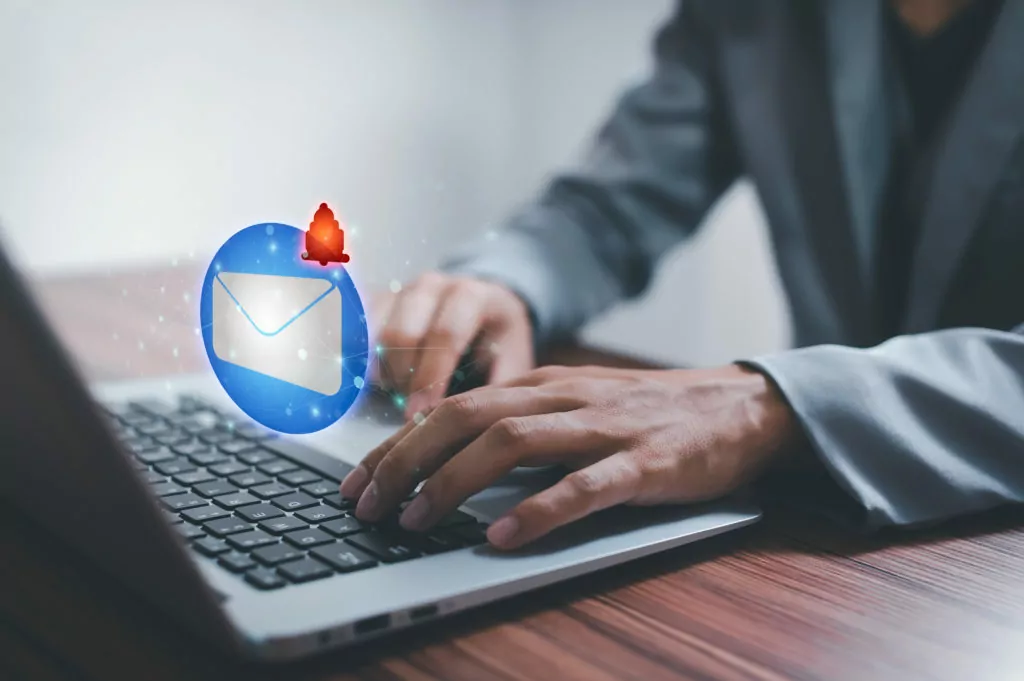
It makes sense that PayPal would use these semi-anonymous transaction ID numbers for internal bookkeeping.
But, why do you need it?
Why is it sent in emails after you make a purchase?
Well, as a user (or seller), there are things you can do with the transaction ID.
For any of these, you need to sign into your PayPal account.
That means the ID number alone isn’t enough.
But if you have an account and an ID number, you can look up transaction status, dispute transactions, and pull up past transactions from your PayPal history.
#1 Look Up Transaction Status
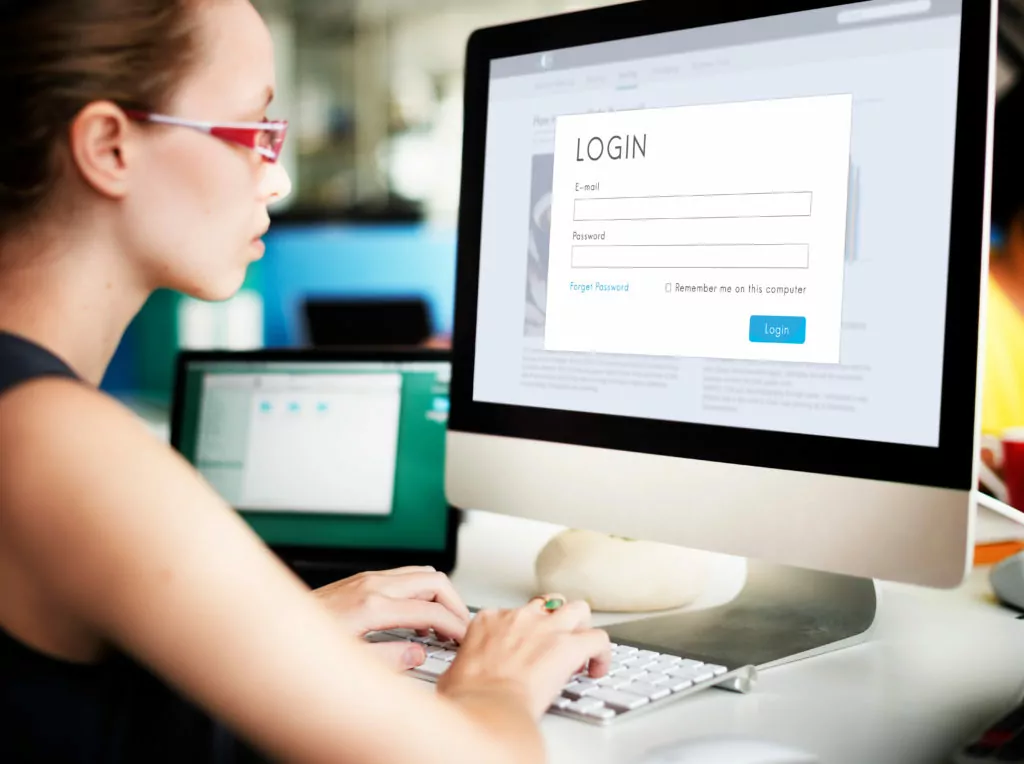
The primary purpose of a transaction ID is to identify individual interactions that involve PayPal.
So, if you want to look up the status of a purchase or sale via PayPal, the transaction ID is the easiest way to do it.
First, you’ll need to log into your account.
You can then scroll through your activity, or you can perform a search specifically using the transaction ID in question.
Once you find the transaction that you care about, you can click or tap on it to see the details.
It will tell you if the transaction is pending or completed.
It will show you the amount in the transaction and the date it was initiated.
If the transaction takes time to complete, it will also show you the completion date.
From this place, you can look up more information or take additional actions (some of which are listed below).
If you have taken additional steps, this is also how you check the status of a dispute or other interaction.
While you’re waiting for PayPal to settle things, you can see how far the investigation has gone.
If everything is settled, you can also check the final outcome here.
#2 Dispute Transaction
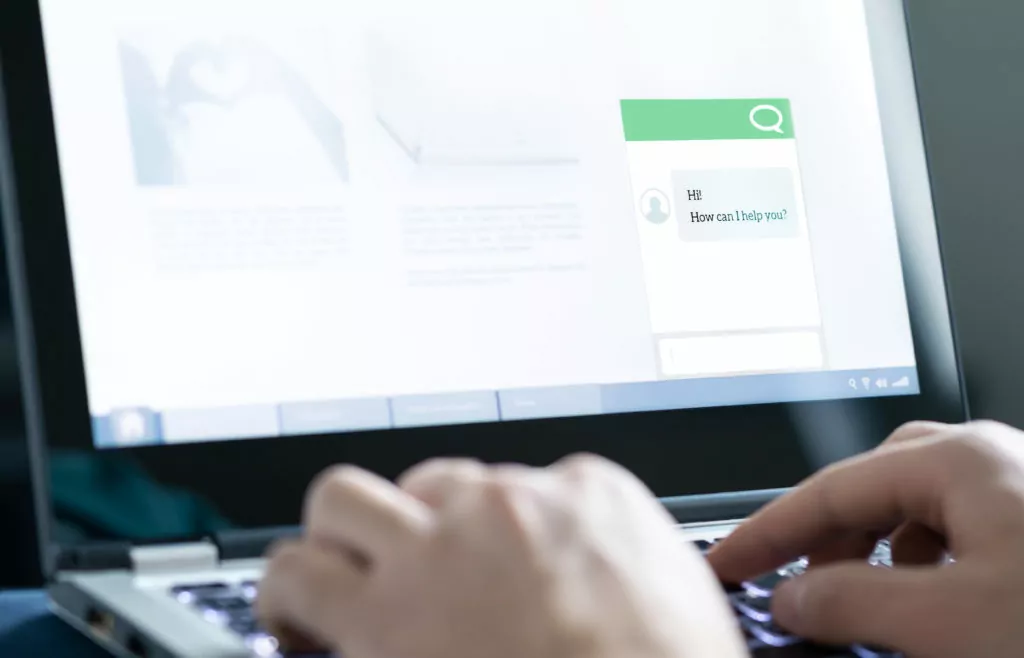
One of the main reasons you might want to keep track of transaction IDs is to dispute charges, orders, or other interactions involving PayPal.
There are two common examples.
If you see an unknown charge, you will want to flag it and bring it to PayPal’s attention.
On the other hand, if you order something and it never arrives, you might want to dispute that order for very different reasons.
Let’s look at unknown charges first. In this case, there are two avenues you can take.
You can go through PayPal security help and notify them of unknown interactions.
Typically, they will lock all financial activity on your account until they can resolve the situation.
You can look up the unknown charge at any point using the transaction ID, and it will let you see the progress of the investigation.
In the other example, you’re disputing a charge because the items or services were not delivered as promised.
PayPal provides transaction protection for users. If you raise a dispute, PayPal will look into it.
If the company rules in your favor, you will typically receive a refund.
To initiate the dispute, you will ultimately need the transaction ID.
If you want to look up progress regarding the dispute, that will also involve the transaction ID.
You can see how this one number comes up in many different situations.
#3 Verify Transaction
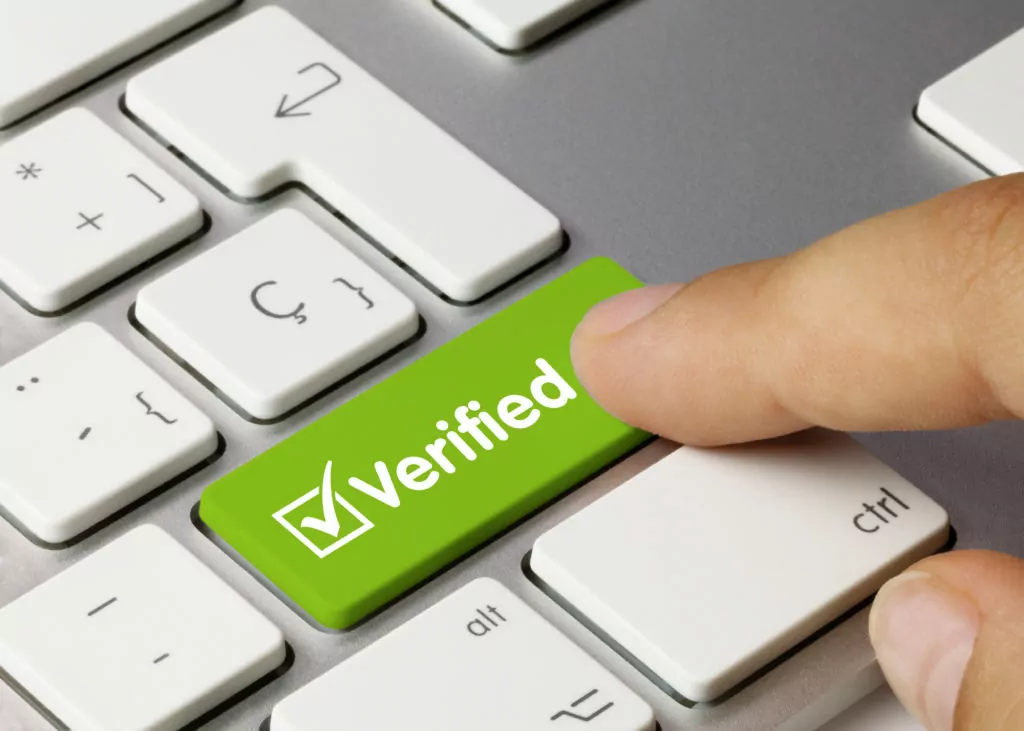
The other common reason to use a transaction ID is when you need to verify a transaction.
Consider an example where you make a purchase for your business, so you want to deduct it on your taxes.
That’s a pretty complicated situation, and there’s a chance you’ll need a receipt or proof of purchase when you go through all of your paperwork.
If you don’t still have the receipt, PayPal can help (assuming you made the purchase using PayPal).
You can look up your purchase history after you sign into your account.
You can also look up the purchase using the transaction ID, if you have it.
In either case, PayPal keeps these records, and the transactions are married to the ID number.
Once you find the right purchase, you can see when it was made, the exact total involved, and other detailed information that varies by purchase.
You might be able to see the seller (or a seller ID number).
Most importantly, you can see the details that are needed to justify a tax claim.
This same technique can be used to verify transactions in any number of situations.
You can see if an included warranty is still in effect, verify charges made on a credit card, prove that a purchase was made in general, or verify for any other reason that might come up.
Who Can See a PayPal Transaction ID?

Let’s finish up this idea.
Who can see your transaction ID?
By default, three parties can see it:
- The seller
- The buyer
- PayPal
That’s it.
Now, any of those three parties can share a transaction ID at their own discretion.
PayPal typically only shares transaction IDs with buyers and sellers after verifying identity.
But, a buyer or seller could share the ID as they see fit.
There are no overt reasons why a user would ever need to share this ID number with any party other than PayPal.
It’s not important for anything outside of PayPal records.
But, if you accidentally share it, or it gets stolen, then there’s not much to worry about. The ID, on its own, is worth absolutely nothing.
Now that you understand how the ID works, you can see that it’s not a dangerous piece of information.
The other information that would be needed to make use of the ID (like your PayPal login information) is far more dangerous to give away.
Is It Safe to Share a Amazon Order Number?
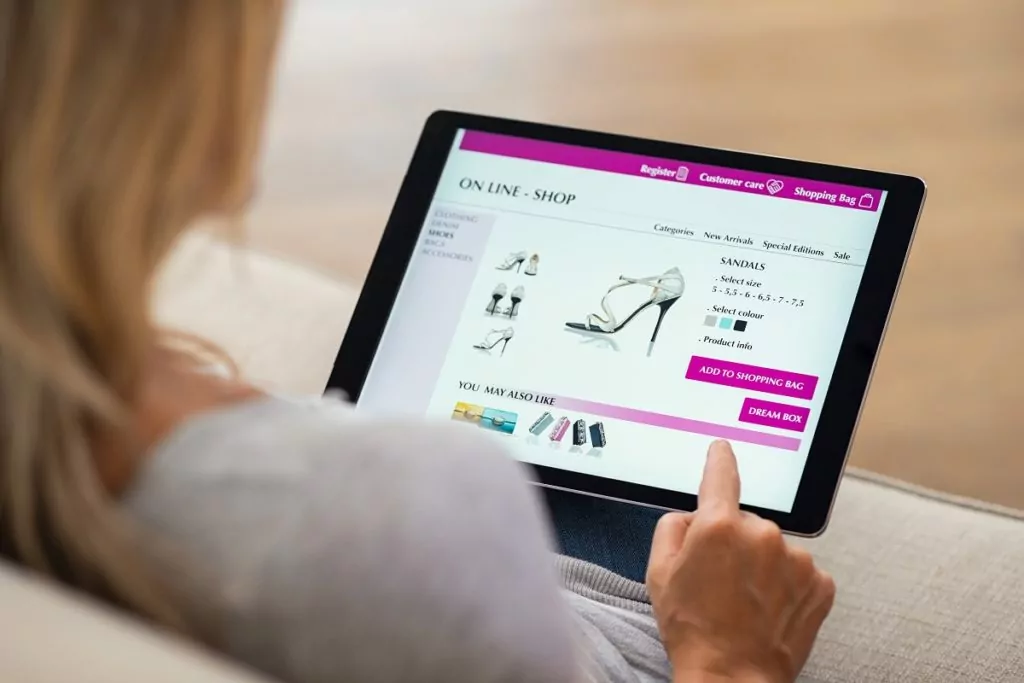
So much about sharing your PayPal tranasction ID. Perfectly fine mostly.
What you sharing an Amazon Order Number, though?
In general, an Amazon order number is not a high-risk piece of information for you to share.
There are good reasons to share it, such as working with a secret shopper organization or trying to get rebates for giving out these details.
Still, it is not a great idea to share order numbers with the masses.
Learn all about how safe it is to share your Amazon order number and what someone can do with it here.

